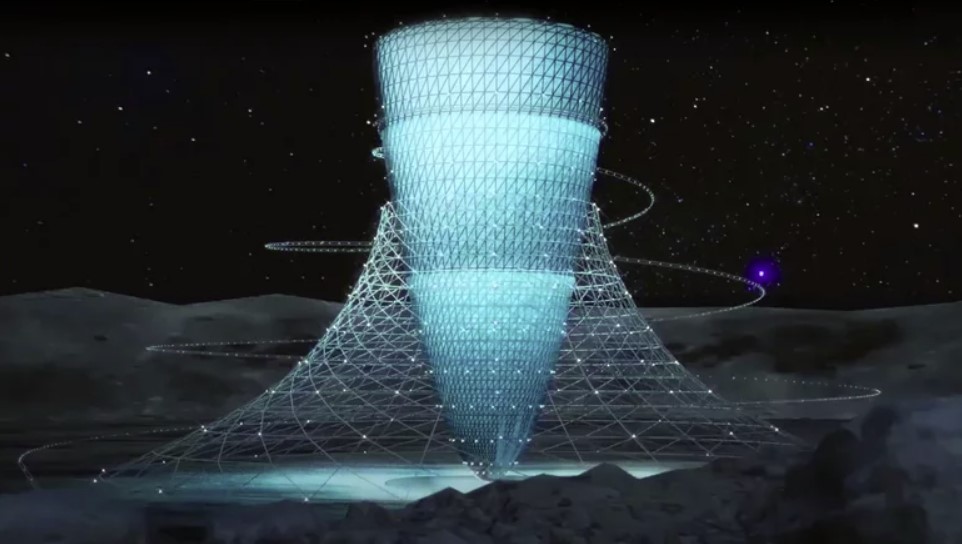Japan wants to create artificial gravity on the Moon and to establish a transport connection with Mars

There's plenty of study on the consequences of living in a gravity lower than Earth's, with one of the main worries being a decline in bone mass. However, when it comes to supporting several generations born and reared in such circumstances, the issue becomes much more serious. The gravity problem, on the other hand, creates an interesting conundrum for scientists who see humans living on the moon or Mars in the future — a future in which we will have to deal with gravity. To address this critical issue, a group of Japanese researchers has proposed building a conical habitable structure on the moon that rotates to create a gravitational force equal to that of Earth's natural gravitational pull.

Experts from Kyoto University have developed a structure named Lunar Glass for Kajima Construction Co. Ltd., in collaboration with the team at Kajima Construction Company. It's basically an inverted cone that spins to replicate Earth's gravitational pull, according to a virtual presentation made by Kyoto University and Kajima Construction Company. According to The Asahi Shimbun, by 2050, researchers want to build a simplified prototype model of about 1,300 feet high and 328 feet in radius. It will take roughly a century to complete the final version, which may accommodate many generations. In addition to the moon, the team also talked about Mars Glass, an artificial gravity home for humans on Mars that happens appropriately.
The group's goal is nothing short of establishing a permanent human presence on the moon and Mars. The team is not stopping at just creating a base on the moon and Mars; it's continuing with its grand plan, which includes a transportation system between Earth and its ultimate destination that will maintain Earth-level gravity while transporting people.
It's essentially a rail-like interplanetary transportation system that would allow both commercial and vacation activities. In an era when billionaires are already spending hundreds of millions on space adventures, tourist travel aboard a gravity-loving space train to the moon – or Mars – doesn't seem too implausible. The Terra Station, where the track station is located on Earth, is dubbed the "Terra Station," while the Space Express passenger train will use standard gauge tracks and have six coaches.
The leading and trailing vehicles will be equipped with rocket boosters. The passenger capsules are hexagonal in shape and come in two sizes, with radii of 50 and 100 feet each. To produce a gravitational pull equivalent to that of planet Earth, the capsules will move alongside a common radial axis. However, it is not the first project of its kind. In 1975, Stanford University researchers unveiled a proposal for a doughnut-shaped ring that was expected to accommodate anywhere from 10,000 to 140,000 people and was dubbed the "Stanford Torus."
Source: www.slashgear.com